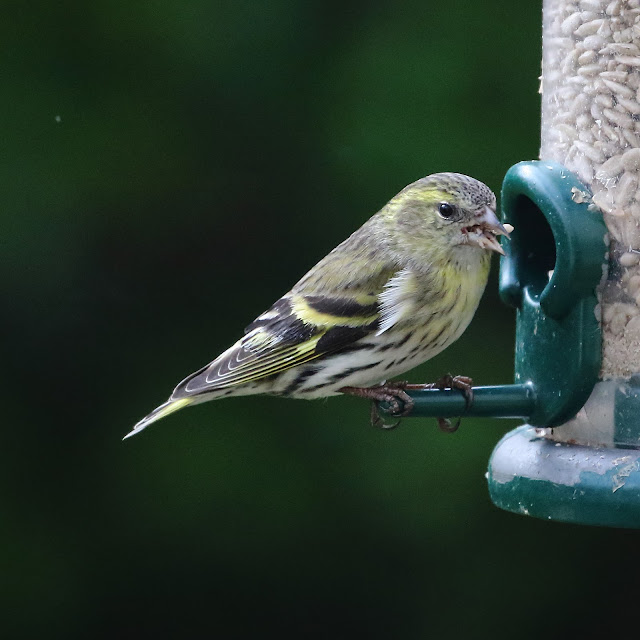22nd March 2024 - there have been a few Siskin seen on bird feeders around the villages recently. They were first reported along Bourn Bridge Road and Cambridge Road in the second half of February, and more recently in Lewis Crescent.
These small finches are largely winter visitors to southern parts of the UK, often seen in mixed flocks with other finches on bird feeders. In summer they breed in coniferous forests further north in the UK, in northern Europe and in Scandinavia, although some also breed around Thetford Forest.
Males are easily distinguished from other finches by their smaller size, black cap and bib, greeny-yellow breast and rump, and darker wings with yellow barring. Females are less brightly coloured, with a dark-streaked pale breast, but retaining the yellow rump.





No comments:
Post a Comment